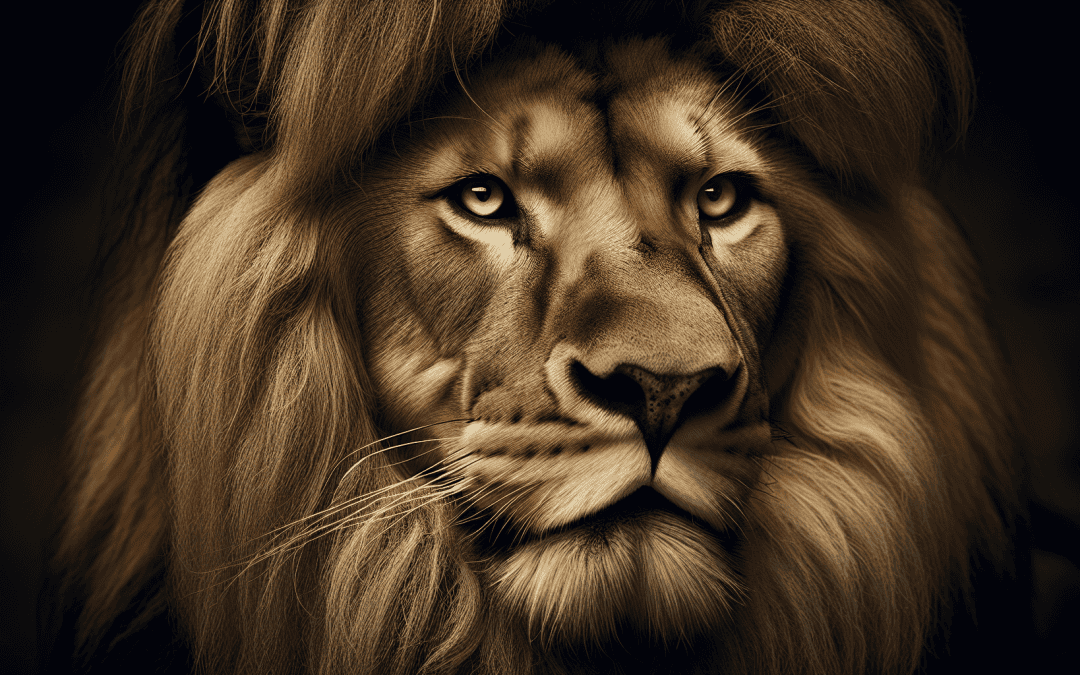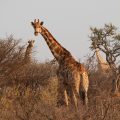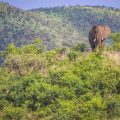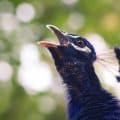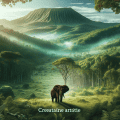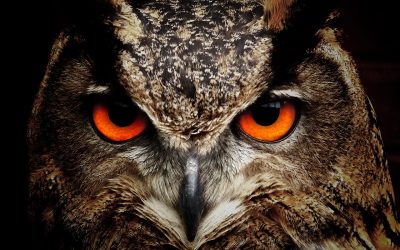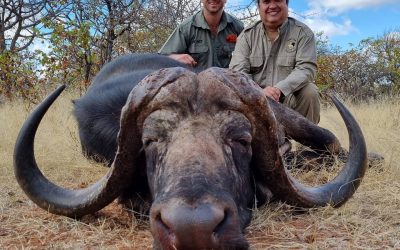So you’re curious about the most popular animals to hunt in Africa? Well, you’ve come to the right place! Africa has always been a hotspot for adventurous hunters seeking a thrilling safari experience. From the majestic lions and elephants to the stealthy leopards and agile antelopes, this vast continent boasts an array of fascinating and challenging game. In this article, we’ll take a closer look at some of the most sought-after animals to hunt in Africa, uncovering the reasons behind their popularity and providing valuable insights for all the avid hunters out there. So grab your binoculars and let’s embark on an exciting safari expedition!
The Big Five
Lion
The lion is often considered the king of the jungle and is a highly sought-after trophy for hunters in Africa. With its majestic presence and powerful roar, the lion has captivated the imaginations of people for centuries. However, hunting lions is heavily regulated and restricted in many parts of Africa due to concerns about conservation and declining lion populations. It is important for hunters to obtain the necessary permits and abide by ethical guidelines when hunting lions, to ensure the long-term survival of this iconic species.
Elephant
The African elephant is the largest land animal on Earth and is known for its remarkable size and strength. Elephant hunting, also known as “big game hunting,” has a long history in Africa and continues to be a popular pursuit for many hunters today. However, there are strict regulations in place to protect elephant populations, and only a limited number of hunting permits are issued each year. Hunting elephants requires skill and expertise, and it is crucial for hunters to prioritize conservation and sustainable practices.
Leopard
The leopard is a secretive and elusive predator, known for its stunning beauty and remarkable agility. Hunting leopards is a challenging endeavor, as these cunning predators are masters of camouflage and stealth. Due to concerns about declining leopard populations, hunting regulations are strict, and permits are limited. Hunters must adhere to ethical guidelines and exercise caution to ensure that the leopard population remains stable and healthy.
Buffalo
The Cape buffalo, also known as the African buffalo, is a formidable animal that poses a great challenge for hunters. These massive creatures can weigh up to 2,000 pounds and are known for their aggressive nature. Buffalo hunting requires careful planning and strategy, as hunters must be prepared to face the risk of charging buffalo and the potential dangers associated with it. Regulations and permits for buffalo hunting vary across different countries and regions, and it is essential for hunters to be knowledgeable about the specific regulations in their desired hunting location.
Rhinoceros
The rhinoceros is one of the most critically endangered animals in the world, and hunting it is highly restricted and regulated. With a massive horn adorning its face, the rhino is a captivating creature that has long fascinated both hunters and conservationists. However, due to the threat of poaching and the declining populations of rhinos, hunting permits for rhinoceros are extremely limited and often reserved for conservation purposes. It is essential to prioritize the conservation of this magnificent species and support efforts to protect it from extinction.
Antelope
Impala
The impala is one of the most common and abundant antelope species in Africa, making it a popular choice for hunters. With its slender build, striking horns, and reddish-brown coat, the impala is a visually appealing animal. Its ability to swiftly jump over obstacles with grace and agility adds to the challenge of hunting it. Impala hunting is generally not as heavily regulated as hunting the Big Five species, but it is important for hunters to follow local regulations and ensure sustainable hunting practices to maintain healthy impala populations.
Gemsbok
The gemsbok, also known as the oryx, is a large antelope species characterized by its long, straight horns and distinctive black and white facial markings. Found in arid regions of Africa, the gemsbok is well-adapted to survive in harsh desert conditions. Gemsbok hunting offers a unique and challenging experience, as hunters must navigate the unforgiving terrain and contend with the gemsbok’s remarkable speed and endurance. As with all hunting, it is crucial for hunters to respect hunting regulations and prioritize the conservation of this iconic antelope species.
Kudu
The kudu is one of the most iconic antelope species in Africa, known for its majestic spiral horns and exquisite beauty. With its superb ability to camouflage itself in dense vegetation, hunting kudu requires patience, keen observation skills, and a keen eye for detail. Kudu hunting is a popular pursuit for many hunters due to the thrill of encountering these magnificent creatures in their natural habitat. However, it is essential for hunters to adhere to ethical guidelines and hunting regulations to ensure the long-term survival of this extraordinary antelope species.
Springbok
The springbok is a small and agile antelope species famous for its breathtaking displays of leaping and pronking. Its striking chestnut and white coat, coupled with a dark stripe running along its side, make the springbok a visually stunning animal. Springbok hunting provides an exciting challenge for hunters, as these antelopes are known for their speed and agility. It is important to note that hunting regulations and restrictions vary depending on the region, and hunters should obtain the necessary permits and follow ethical guidelines when pursuing springbok.
Sable Antelope
The sable antelope is renowned for its majestic appearance, with its impressive black coat, long curving horns, and regal stature. Hunting the sable antelope is considered a prestigious and challenging endeavor, as these animals are known for their elusiveness and skittish behavior. With their strong herding instincts and keen eyesight, sables can be difficult to approach, requiring hunters to employ patience and careful tactics. Due to their declining populations in some areas, hunting regulations for sable antelope are stringent, and it is essential for hunters to prioritize conservation and sustainable hunting practices.

